Mirabilis jalapa L.
NyctaginaceaeEl dondiego de noche es originario de Perú, no de la ciudad mexicana de Jalapa de la que parece tomar su nombre genérico: dicho nombre le fue atribuido por confusión con otra especie americana originaria de este lugar. Linneo vio en él una maravilla (mirabilis), y ha sido considerada admirable por el hecho de que en un mismo tallo aparezcan flores de distintas tonalidades. El poeta de las flores de la Sevilla del siglo XVI, Francisco de Rioja, llamó a esta planta arrebolera, y con este nombre se rotuló una calle en la ciudad por la actual ronda de María Auxiliadora. Mirabilis jalapa es una las especies americanas que envió desde Sevilla Simón de Tovar a Clusius a los Países Bajos. Simón de Tovar (?-1596) estudió medicina en la Universidad de Sevilla y residió en esta ciudad hasta su muerte. Aquí poseyó un verdadero jardín botánico. Este jardín no era el simple huerto de un curioso, como solían ser la mayoría de los jardines sevillanos del siglo XVI, sino que, por el contrario, se organizaba según unos criterios científicos nada arbitrarios; Tovar publicaba incluso catálogos anuales de plantas que distribuía entre sus corresponsales de diversos países. Así fue su jardín conocido por el botánico holandés Carolus Clusius, a quien Tovar enviaba regularmente semillas, incluso plantas en maceta, y noticias de sus experiencias de aclimatación de las especies exóticas. A Tovar se debe así por ejemplo la introducción y cultivo del nardo (Polianthes tuberosa L.) en Europa a partir de los especímenes cultivados en su huerto. El jardín de Simón de Tovar gozó de tal reputación que el rey Felipe II, que había fundado el Jardín Botánico de Aranjuez, mostró su interés por él y ordenó que fuera mantenido tras la muerte de Tovar, a pesar de lo cual no ha llegado a nuestros días.
Procedencia
AmericanoCalendario
Hábitat
Morfología
 Planta
Planta
 Esférica
Esférica
 Simple
Simple
 Ovada
Ovada
 Opuesta
Opuesta
 Entero
Entero
 Obtusa
Obtusa
 Cordada
Cordada
 Acuminado
Acuminado
 Perenne
Perenne
